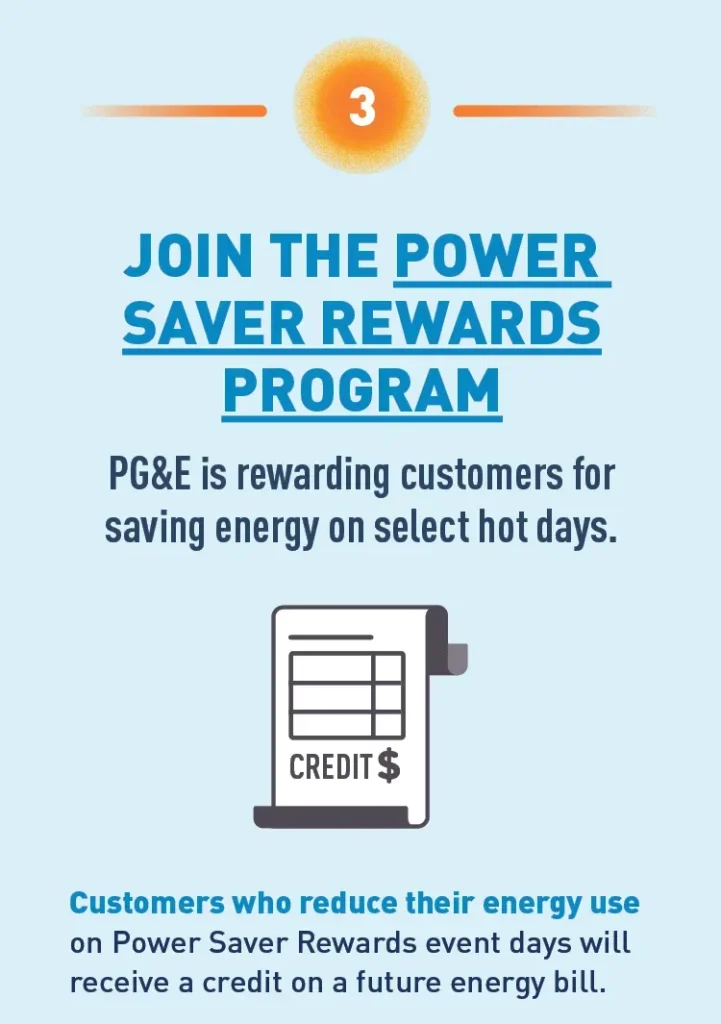Power saver programs are essential utility-sponsored initiatives designed to slash electricity consumption during peak demand times. By participating in these demand response initiatives, homeowners can significantly contribute to energy savings, especially when it comes to managing heavy loads like central air conditioning systems. These programs incentivize participants with rebates and bill credits in exchange for allowing utilities to temporarily adjust or cycle their HVAC systems on particularly hot days. Not only do power saver programs help alleviate pressure on the electrical grid, reducing the risk of blackouts, but they also support the shift toward more sustainable, efficient energy use in our communities. With the rise of smart thermostat programs and advanced HVAC control, homeowners can enjoy both comfort and lower energy bills while playing a role in energy conservation.
Energy efficiency initiatives, often referred to as utility-sponsored programs, aim to optimize power usage, especially during periods of high demand. These programs encompass various strategies that encourage consumers to reduce their electricity consumption, which can include demand response tactics that manage peak loads effectively. Technologies like smart heating and cooling systems are integral to these efforts, helping homeowners to maintain comfort while also contributing to significant energy savings. Additionally, these programs not only benefit individual participants through rebates and lowered bills but also promote environmental sustainability by decreasing the reliance on fossil fuel power generation. Overall, engaging in these initiatives can lead to a greener grid and a more economically efficient energy landscape.
Understanding Power Saver Programs and Their Impact
Power saver programs are essential components of energy management strategies developed by utilities to alleviate peak energy demand. These initiatives are primarily designed to reduce electricity usage during times when demand surges, typically on extremely hot days during summer months. Utility-sponsored, they often incentivize homeowners to participate in demand response initiatives, allowing for temporary adjustments to their HVAC systems. By enrolling in these programs, individuals can enjoy financial benefits such as bill credits or rebates, while simultaneously contributing to energy savings for their communities.
The impact of power saver programs extends beyond just individual households. When many participants reduce their energy consumption collectively, it leads to significant reductions in peak load demand. This collective action helps prevent grid overload, which can lead to outages and even greater reliance on less environmentally-friendly energy sources. Therefore, power saver programs play a crucial role in promoting not only individual savings but also environmental sustainability through reduced emissions from fossil fuel energy generation.
Frequently Asked Questions
What are power saver programs and how do they work?
Power saver programs are utility-sponsored initiatives designed to reduce electricity usage during peak demand periods, particularly in hot summer months. These programs often target HVAC systems, allowing utilities to control or cycle air conditioners to alleviate grid stress. Participants typically receive incentives such as bill credits or rebates in exchange for permitting utilities to temporarily adjust their cooling systems.
What benefits do power saver programs offer to homeowners?
Homeowners participating in power saver programs enjoy several advantages, including bill savings and financial incentives, with potential rewards ranging from $25 to $100 for enrollment and annual credits of up to $40. Additionally, these programs contribute to reducing demand on the energy grid, which helps to prevent blackouts and lowers carbon emissions from power generation.
Are there any risks involved in joining power saver programs?
Yes, there are risks associated with power saver programs. Participants may feel uneasy about utilities controlling their air conditioning systems during high temperatures. Additionally, frequent cycling of HVAC systems can lead to increased wear and tear, potentially reducing efficiency and shortening the lifespan of the equipment. It’s essential for homeowners to weigh these risks against the benefits before enrolling.
How do smart thermostat programs fit into power saver initiatives?
Smart thermostat programs are a component of power saver initiatives that allow utilities to remotely adjust the temperature settings in participants’ homes during peak demand events. By enrolling in these programs, homeowners can optimize their energy usage while still having the option to override changes made during such events. These programs highlight the integration of technology in managing energy savings and enhancing comfort.
What precautions should I take before enrolling in a power saver program?
Before enrolling in a power saver program, it’s crucial to read all terms and conditions carefully. Consider choosing smart thermostats that provide clear override options and ensure you stay informed about energy events. Additionally, secure your smart devices, keep software updated, and know the process for opting out if necessary. Monitoring your comfort level and HVAC performance after enrolling is also advisable.
Can power saver programs impact my home’s comfort level?
Yes, power saver programs can affect your home’s comfort level by adjusting air conditioning settings during peak demand times. While these adjustments are temporary, some participants may find it uncomfortable, particularly during periods of extreme heat. Therefore, homeowners should assess their comfort tolerance when considering participation in these initiatives.
How do power saver programs help the environment?
Power saver programs contribute to environmental protection by reducing peak energy demand, which can help prevent the activation of older, fossil-fuel-based power generation sources that emit higher levels of CO₂. By curbing energy consumption during peak times, these programs not only help maintain grid stability but also support the transition to cleaner energy sources.
| Key Points | |
|---|---|
| What Are Power Saver Programs? | Utility-sponsored initiatives that reduce electricity usage during peak periods, mainly targeting AC units. |
| How They Work | Utilities reduce AC usage via control devices or by adjusting Wi-Fi smart thermostats remotely during peak demand. |
| Benefits | Financial rewards for participants, reduced risk of blackouts, lower CO₂ emissions. |
| Drawbacks | Loss of control over HVAC systems, potential wear on equipment, data privacy concerns. |
| Smart Thermostats | Privacy and cybersecurity issues arise from data collected by Wi-Fi smart thermostats. |
| Considerations Before Joining | Read terms, choose easy overrides, stay informed, secure devices, know how to opt out. |
Summary
Power saver programs are an effective way to manage electricity consumption during peak demand times, particularly in the summer when air conditioning use surges. These utility-sponsored initiatives not only provide participants with financial incentives such as bill credits but also contribute to reducing the strain on the electric grid, leading to a more sustainable energy environment. However, potential participants should weigh the benefits against the drawbacks, including the possible discomfort due to loss of control over their HVAC systems and concerns related to data privacy. Overall, understanding the nuances of power saver programs is essential for making an informed decision.



